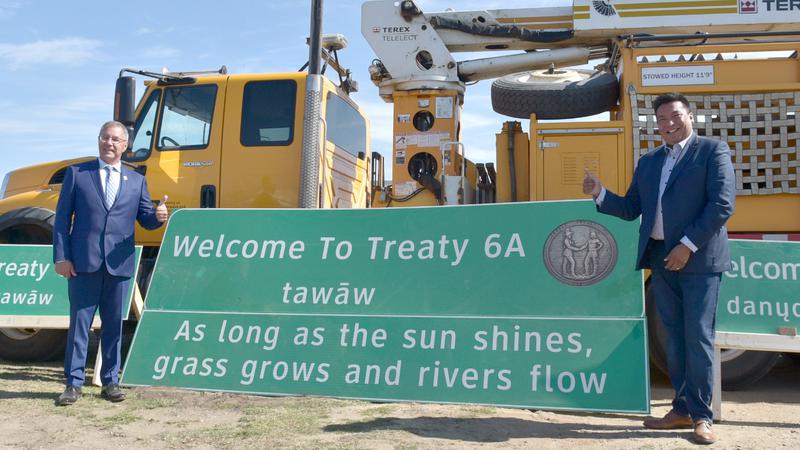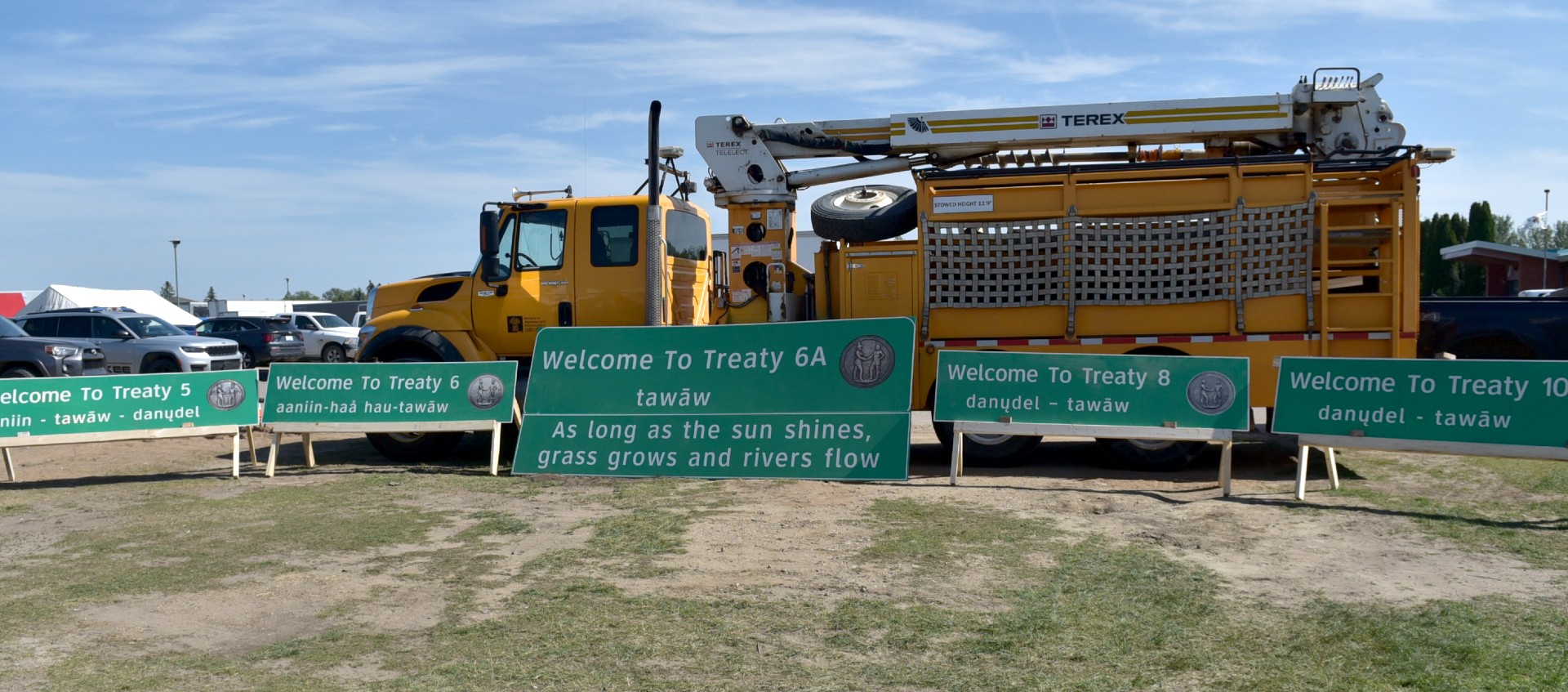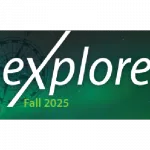
Signs show Saskatchewan leads reconciliation efforts: Lt. Gov. Mirasty
The province of Saskatchewan is leading the way when it comes to reconciliation between Indigenous and non-Indigenous people, said Lieutenant Governor Russell Mirasty in Prince Albert on Tuesday.
Mirasty, who is Cree and a member of the Lac La Ronge Indian Band, was in the city as new highway signs that will mark the boundaries between the different treaty areas were unveiled.
“I can’t comment on the entire journey of reconciliation but certainly, you know, when we talk about treaties, Saskatchewan, in my mind, leads the way,” Mirasty said.
He pointed specifically to initiatives like requiring treaties to be taught in school, the work of the office of the Treaty Commissioner and official government signage marking treaty boundaries.



